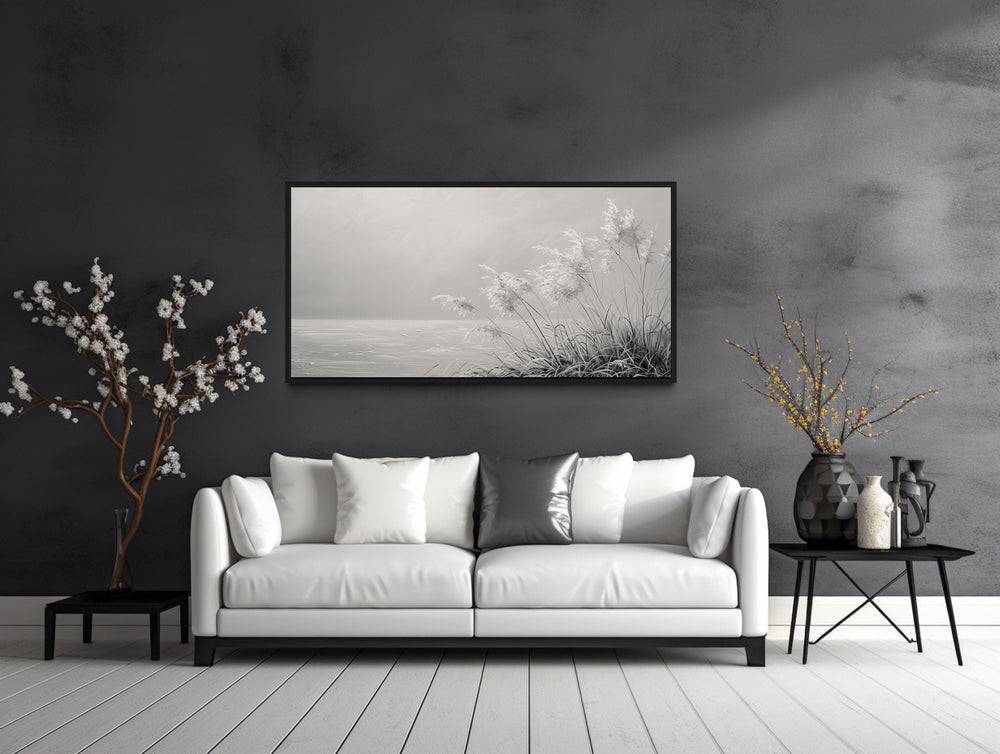Focal Point Techniques: Captivate Viewers with Precision
Every professional photographer knows that the secret to a compelling image is not just in the subject but in how the subject is presented. One of the most crucial aspects of this presentation is the focal point. The term 'focal point' refers to the part of the image that draws the viewer's attention. Mastering focal point techniques is essential for creating images that captivate and engage viewers.
In photography, the focal point serves as the anchor of the composition. It is where the viewers eye lands first, setting the stage for how the rest of the image is perceived. This article will delve into the art of using focal point techniques to enhance your photographic storytelling, explore various methods for creating impactful focal points, and provide insights on how to keep your audience engaged.

Why Focal Points Matter
The effectiveness of a photograph often hinges on its ability to communicate a story or evoke an emotion. A well-defined focal point helps to guide the viewers eye, ensuring that the intended message is conveyed clearly. Without a distinct focal point, an image can feel cluttered or confusing, leaving viewers unsure of where to look.
Incorporating strong focal point techniques can transform an ordinary scene into an extraordinary one, providing a sense of balance and harmony. By directing the viewer's attention, photographers can highlight significant elements and enhance the overall impact of their work.
Diverse Focal Point Techniques
Using Contrast
One of the simplest ways to create a focal point is through contrast. This could be achieved by placing a light subject against a dark background or vice versa. The stark difference in tones naturally draws the eye, making it an effective method for emphasizing the subject.
Playing with Depth of Field
Depth of field is another powerful tool. By using a shallow depth of field, photographers can blur the background and foreground, isolating the subject in sharp focus. This technique not only highlights the subject but also adds a professional touch to the composition.
Strategic Positioning
The rule of thirds is a fundamental principle in photography composition. By placing the focal point along these lines or at their intersections, photographers can create a more dynamic and interesting image. This technique encourages viewers to explore the entire frame, rather than fixating on the center.
Enhancing Visual Impact
Experienced photographers often use leading lines to guide the viewers eye toward the focal point. These can be natural lines found in the environment, such as roads, fences, or rivers, or they can be artificially created through the arrangement of objects within the frame.
Color is another element that can be used to make a subject stand out. Vibrant colors tend to attract attention, so placing a brightly colored subject against a muted background can significantly enhance the focal point.
Practical Applications and Resources
Understanding and utilizing focal point techniques can significantly improve your photography. Whether you're designing photo walls for workspaces or creating unity through photo-based painting, these techniques are invaluable. You can find more insights on these topics here and here.
For those interested in exploring how these techniques can be applied to large-scale projects, such as metal large wall art, the following link provides useful perspectives: Metal Large Wall Art.
FAQ
What is a focal point in photography?
A focal point in photography is the part of the image that draws the viewer's attention first. It serves as the anchor of the composition and is crucial for guiding the viewers eye throughout the photograph.
How do you create a focal point in an image?
There are several ways to create a focal point in an image, including using contrast, depth of field, strategic positioning, and leading lines. Each technique can be used alone or in combination to enhance the visual impact of the photograph.
Why is the focal point important in photography?
The focal point is important because it guides the viewers eye and helps to convey the intended message or emotion of the photograph. It ensures that the viewer is drawn to the most significant aspect of the image, enhancing its overall effectiveness and appeal.

Conclusion
Mastering the art of focal point techniques is essential for any professional photographer looking to create images that resonate with viewers. By understanding the various methods of establishing a focal point, photographers can craft compositions that are both visually striking and emotionally compelling. As you continue to refine your skills, remember to experiment with different techniques to discover what works best for your unique style and vision. For further reading on enhancing your photographic compositions, check out these large wall art ideas.

